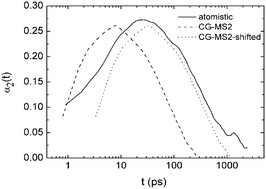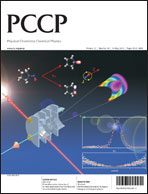A coarse-grained ionic liquid model has been developed to investigate the structure and dynamic properties of 1-n-alkyl-3-methylimidazolium hexafluorophosphate [Cnmim][PF6] ionic liquids with alkyl chains up to ten carbon atoms. Two mapping schemes are compared, showing that different ways of grouping the atoms into coarse-grained beads affect differently the structure and dynamics of the liquid. The simulations predict that upon increasing the length of the alkyl tail the diffusion coefficients of the cations expectedly decrease while the anion diffusion becomes slightly faster. Moreover, the reduced dynamic heterogeneity of the liquids at low temperature is due to a decrease in the number of the slow particles only. At the timescale where the models show their highest dynamic heterogeneity, the cross-over displacement, after which part of the anions show fast dynamics, is consistently higher in C10 than in C4 and it is higher than the one found for the cations. This suggests that the cages in which the anions are trapped (at this time scale) are larger in [C10mim][PF6] than in [C4mim][PF6]. For the cations, the cross-over displacement has almost the same value for [C4mim][PF6] and [C10mim][PF6].

You have access to this article
 Please wait while we load your content...
Something went wrong. Try again?
Please wait while we load your content...
Something went wrong. Try again?


 Please wait while we load your content...
Please wait while we load your content...